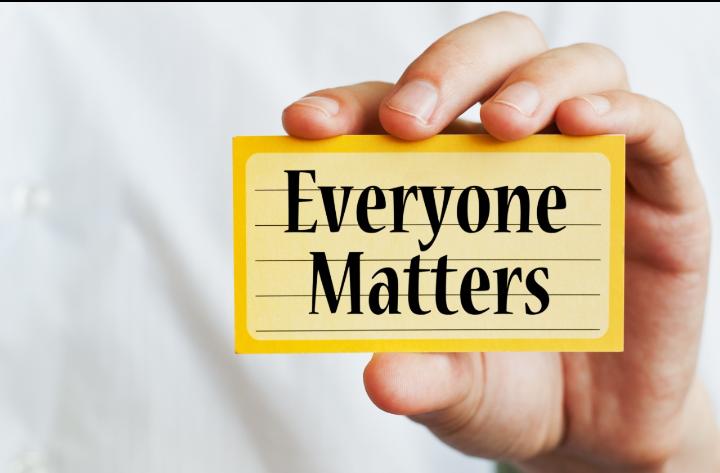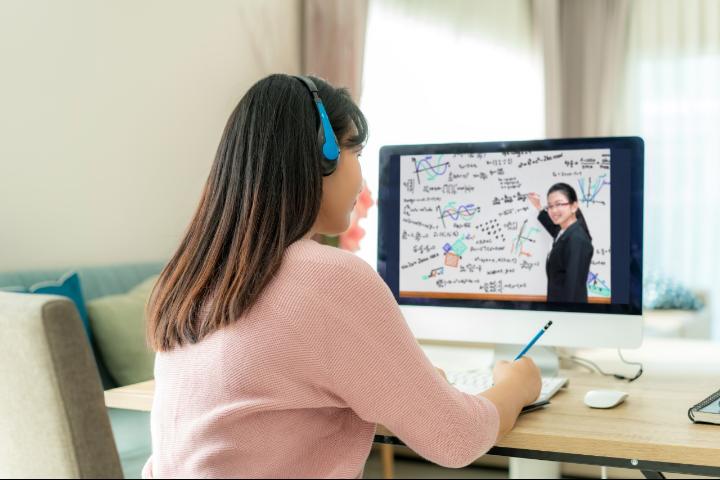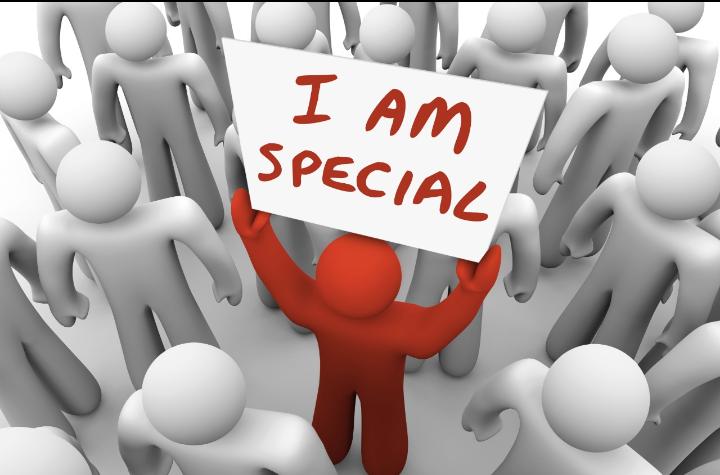Simple but Powerful Learning Strategies for Information Overload
By
Hicham Beddari

Studying at the university is meant to be an eye-opening and exciting experience. In order to reach this main goal, major learning obstacles must be overcome. As university students, we are overwhelmed by loads of information that we keep receiving, almost, on daily basis. Remembering and using them properly and efficiently, when needed, is of great importance to ensure success without much anxiety.
By using learning strategies that work best for you, the huge amount of information begins to ease, and the learning anxiety is bound to lower down. Memory strategies, structured reviewing, guessing strategies, and affective strategies, to name a few, would help serve the desired purpose.
Linking information in a chain. One way of doing this is to use acronyms (abbreviations). Take the first letter of every word in a sentence, or a set of particular information or an important list of words, and use them as a cue to remember what interests you. For instance, FANBOYS can be used to remember the coordinating conjunctions (for, and, nor, but, or, yet, so) in a grammar course. You can invent your own acronyms for similar purposes.
Creating a story. If you want to remember unrelated vocabulary items you have just been presented to, try to create a little story where you can use all those words, or place them into other contexts, such as funny sentences or conversations. By so doing, they will be much easier to memorize.
Optimizing structured reviewing. Looking at new information once is not a good idea. It must be reviewed intelligently. Right after you have learned something new, you can start with a 10 minutes review, then 20 minutes later, an hour or two later, a day later, two days later, a week later. In this way, you become familiar with the presented information, and it becomes totally natural and automatic.
Strengthening guessing strategies. For instance, in order to better understand a foreign language reading passage with lots of unknown words, you can rely on the immediate context (the sentence in which it appears, and words which come before and after) to figure out the meaning of particular words instead of spending a great deal of time looking them up in the dictionary. You can also examine the wider context of the word (other sentences in the paragraph), and the structure of the word (is it a prefix, suffix, or root?).
Enhancing affective strategies. In order to lower down your anxiety while listening, reading or writing new information, keep your spirit up, and keep encouraging yourself. The first step is never to engage in negative self-talk. Instead, say positive statements about yourself privately. Here are some examples: Everybody makes mistakes, I can learn from mine/ I can tell I am starting to understand this / I enjoy what I am reading about this. I get the general meaning without knowing every word. Another way to keep stress under control and move forward is by discussing your feelings about learning with your teacher or ‘better’ friend, one who is likely to boost your confidence or cheer you up in what you are doing.
Visualizing information. By using the ‘Loci method’, you think of familiar set of spatial environments, such as rooms in your house, and then imagine each item on the list to be remembered in one specific location. For example, if you want to memorize an important speech, script, or a book/chapter summary, you may mentally store the introduction of your speech from the front door of your house, symbolizing the beginning of your speech, go through the hall, turn into the living room, proceed through the dining room and into the kitchen, and so on. Each piece of furniture could also be used as a guiding location. Place each element of your speech, as an example, that you want to remember at one of the locations. When you want to remember the elements, simply visualize your house and go through it room by room in your mind. Each element that you associated with a specific location in your house should present itself as you mentally make your way through your home.
Visualizing information by using the ‘Pegword’ method. This time, use numbers instead of places when you want to remember a list of new information. First, memorize the following rhyming pegwords : “One is a bun, two is a shoe, three is a tree, four is a door, five is a hive, six is sticks, seven is heaven, eight is a gate, nine is a line, and ten is a hen.” You can then associate the visual images of the objects bun, shoe, tree, door, and so on with the words or information that you wish to memorize. When reciting the rhyme, you can remember the images of the pegwords, along with the information associated with them.
If you are heading for burnout, do not hesitate to apply these learning strategies and remember to share yours.





Hi Rachida. Kindly send an email to Dr. Elizabeth Dalton. Her email address appears on the home page under the…